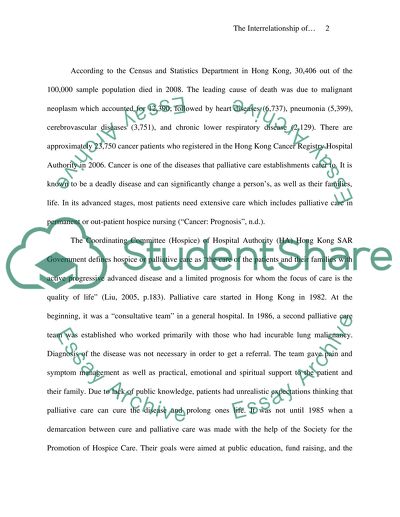Cite this document
(“Palliative Care of Nursing Essay Example | Topics and Well Written Essays - 2000 words”, n.d.)
Retrieved from https://studentshare.org/miscellaneous/1520877-palliative-care-of-nursing
Retrieved from https://studentshare.org/miscellaneous/1520877-palliative-care-of-nursing
(Palliative Care of Nursing Essay Example | Topics and Well Written Essays - 2000 Words)
https://studentshare.org/miscellaneous/1520877-palliative-care-of-nursing.
https://studentshare.org/miscellaneous/1520877-palliative-care-of-nursing.
“Palliative Care of Nursing Essay Example | Topics and Well Written Essays - 2000 Words”, n.d. https://studentshare.org/miscellaneous/1520877-palliative-care-of-nursing.


